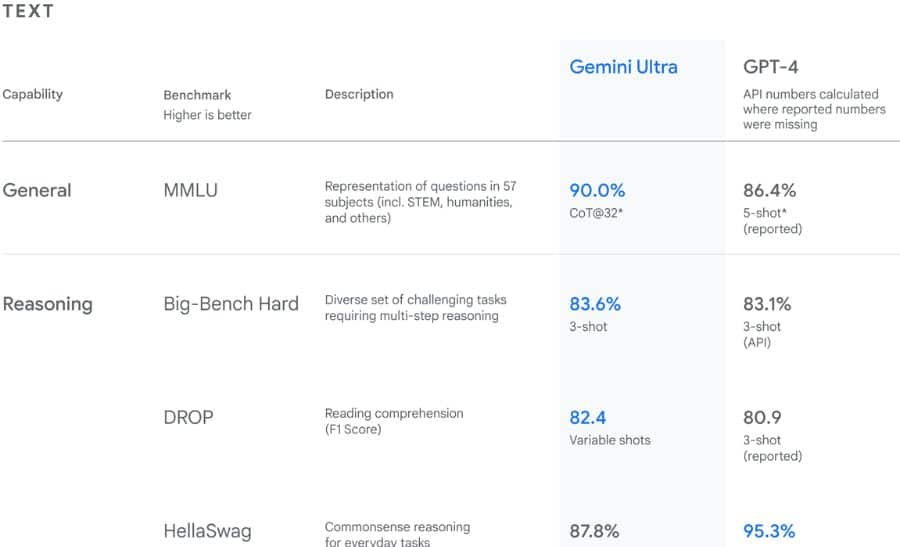
New Delhi: Google has launched the state-of-the-craft and its most powerful large language model (LLM) ‘Gemini 1.0’, which aims to integrate in tech giant’s chatbot Bard eventually and other products such as Google Pixels.
Gemini is optimized in three sizes – Ultra, Pro, and Nano. Google claimed that Gemini Ultra is the first model to outperform human expert on MMLU with a score of 90.0%. The Ultra performance exceeds current state-of-the-art results on 30 of the 32 widely-used academic benchmarks.
“Now, we’re taking the next step on our journey with Gemini, our most capable and general model yet, with state-of-the-art performance across many leading benchmarks. Our first version, Gemini 1.0, is optimized for different sizes: Ultra, Pro and Nano. These are the first models of the Gemini era and the first realization of the vision we had when we formed Google DeepMind earlier this year,” Sundar Pichai said in the statement.
Gemini models availability
Gemini pro will be available on December 13 for developers and enterprise customers via the Gemini API in Google AI studio or Google Cloud Vertex AI. Beside, Gemini Ultra will launch soon broadly.
What are Large Language Models such as Gemini?
A large language model is a deep learning algorithm that can understand and generate human language. It is a sub-sect of machine learning that has potential to perform a variety of tasks effectively such as translating, predicting, generating texts, and summarizing.
They learn on feedbacks given by users advertently and inadvertently while using the program. They are trained on a large amount of data and ingest on its own from the Internet, Wikipedia, and other sources.
How will it give competition to ChatGPT?
Google said Gemini is also its most flexible model yet – able to efficiently run on everything from data centers to mobile devices unlike Bard.
Google claimed that Gemini outperformed GPT-4, the model on which ChatGPT runs, in its study. In the shared study results in the blog, Gemini received 90% in comparison to 86.4% in MMLU benchmark which represents questions in 57 subjects (incl. STEM, humanities, and others).
Similarly, Gemini performed higher than ChatGPT in reasoning except HellaSwag, Math and Code benchmarks.

Multimodal Functionality
Gemini is designed for a multimodal functionality, meaning to understand and reason about all kinds of inputs including text, images and more.
Beside, Gemini 1.0’s sophisticated multimodal reasoning capabilities can help make sense of complex written and visual information.
Understanding text, images, audio and more
Gemini 1.0 was trained to recognize and understand text, images, audio and more at the same time, so it better understands nuanced information and can answer questions relating to complicated topics.
This feature makes it good at explaining reasoning in complex subjects like math and physics.
Advanced coding
The model can understand, explain, generate high-quality code in the world’s most popular programming languages, like Python, Java, C++ and Go.
Google said its ability to work across languages and reason about complex information makes it one of the leading foundation models for coding in the world.
Google claimed that Ultra excels in several coding benchmarks, including HumanEval, an important industry-standard for evaluating performance on coding tasks and Natural2Code.
Gemini In Various Applications
Google has already started to experiment with Gemini in Search for Search Generative Experience (SGE). Google said it reduced a 40% latency in English in the US, alongside improvements in quality.
Moreover, Google will launch Bard Advanced next year, which is a new cutting-edge AI experience that gives you access to its best models and capabilities. It is powered by Gemini Ultra.